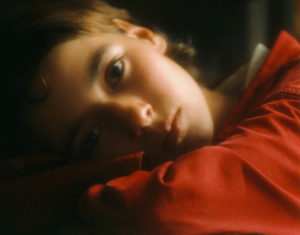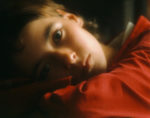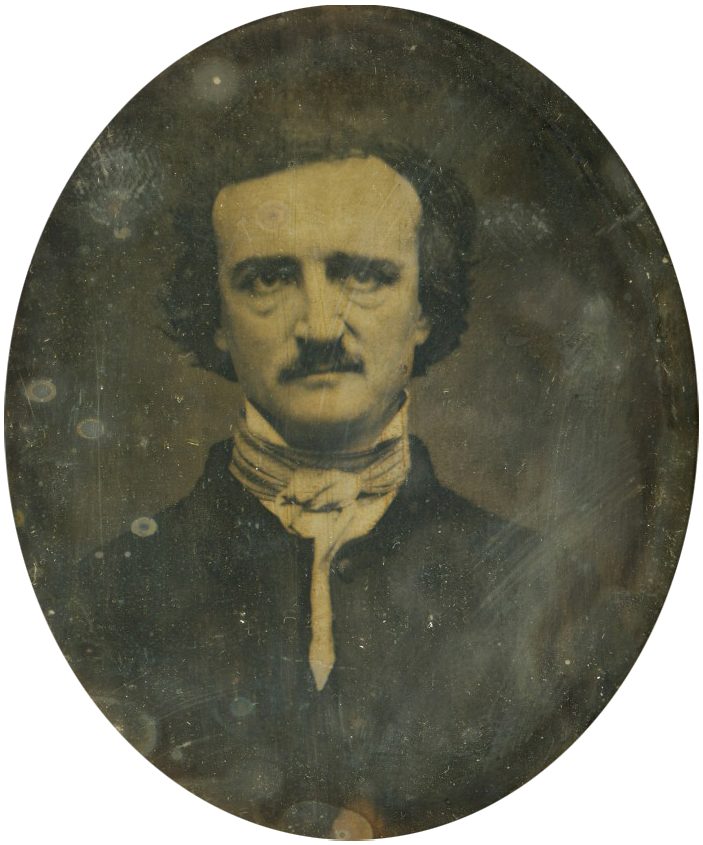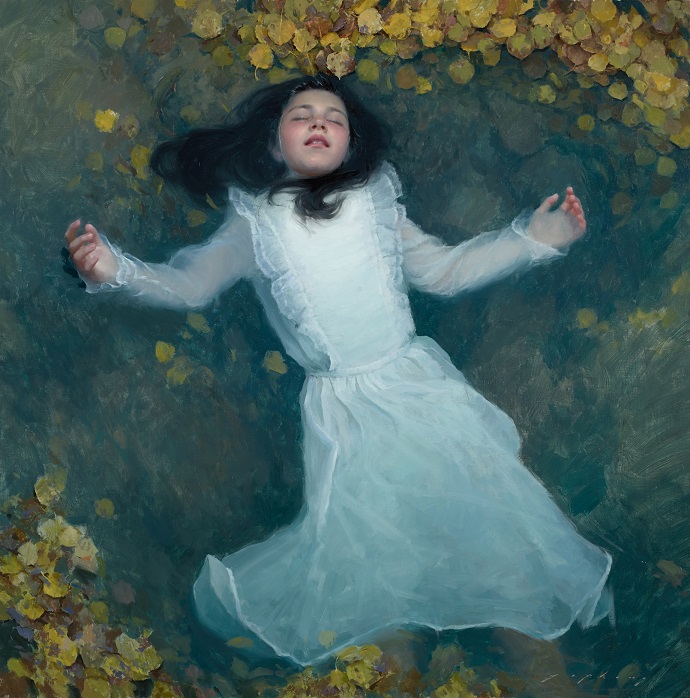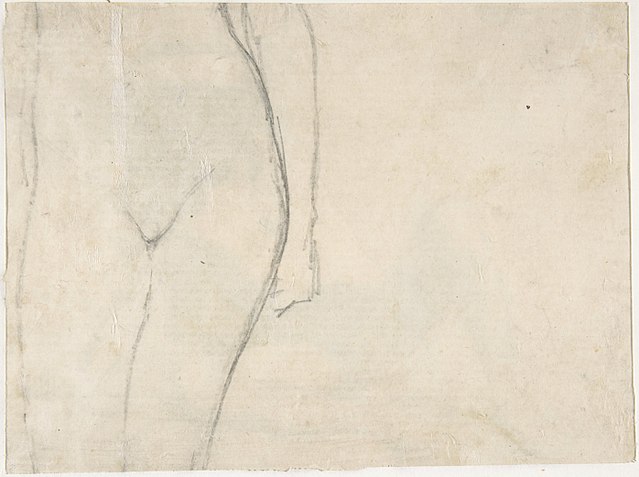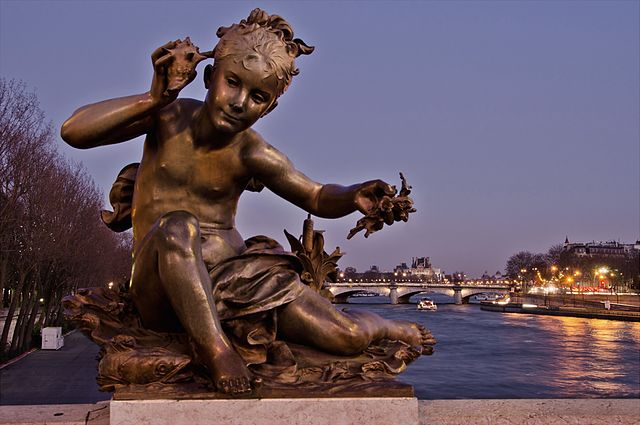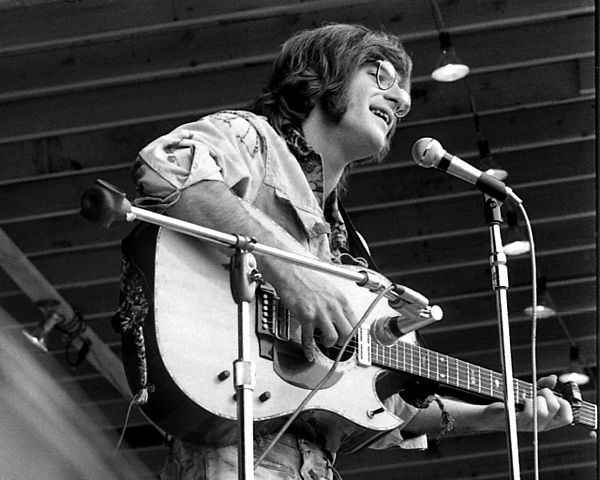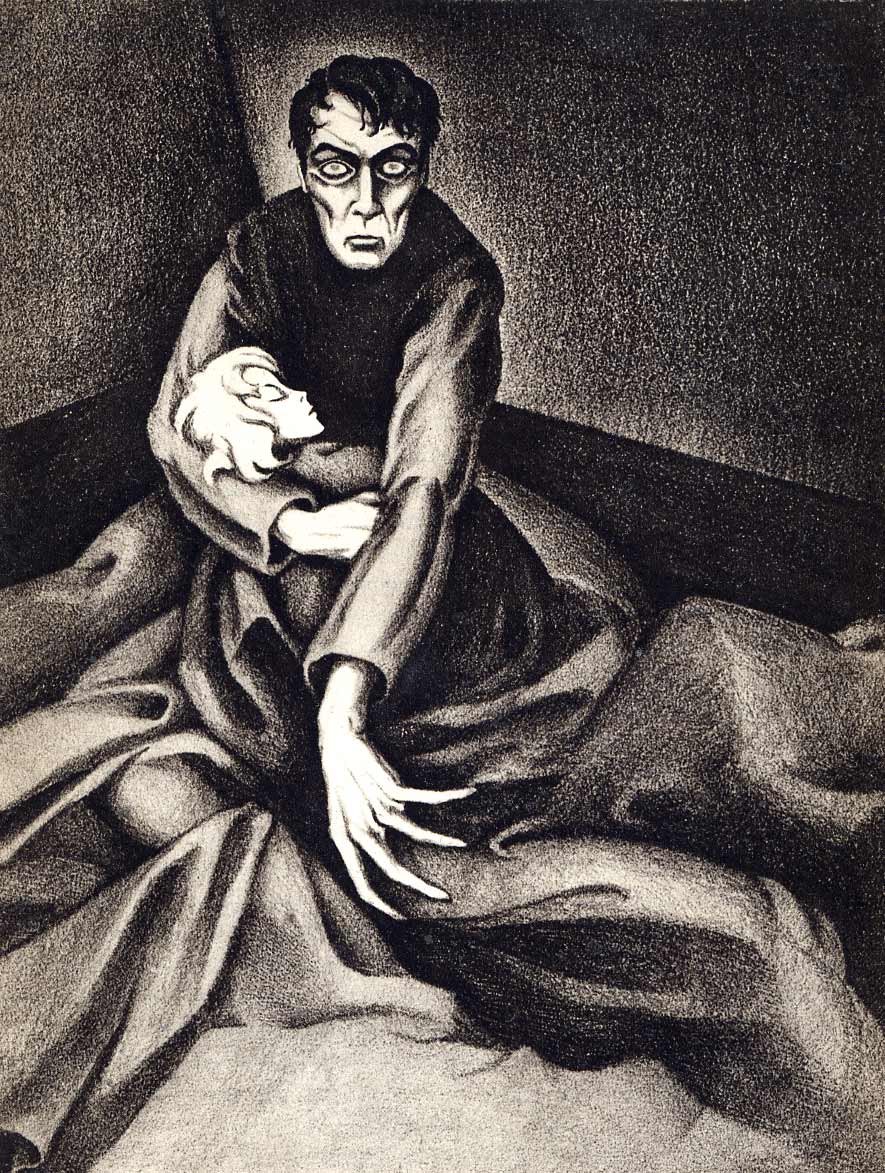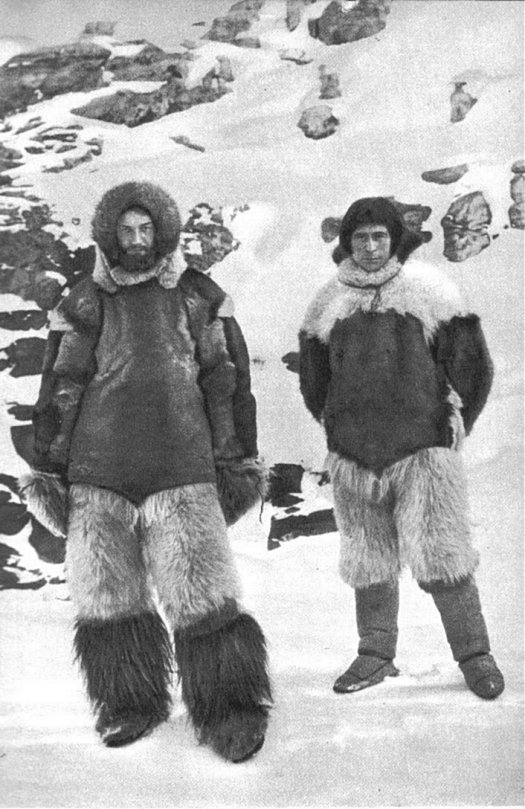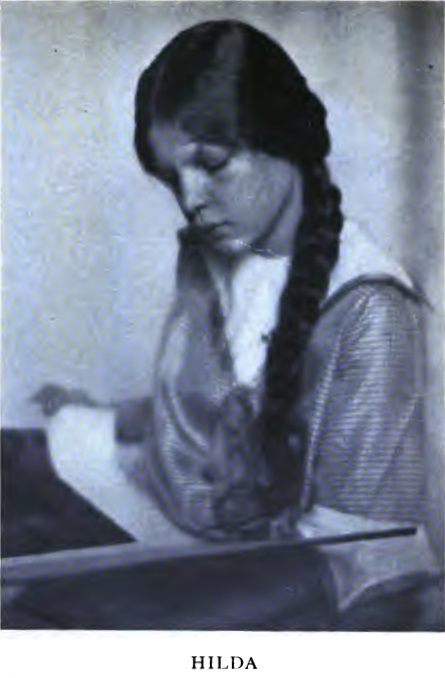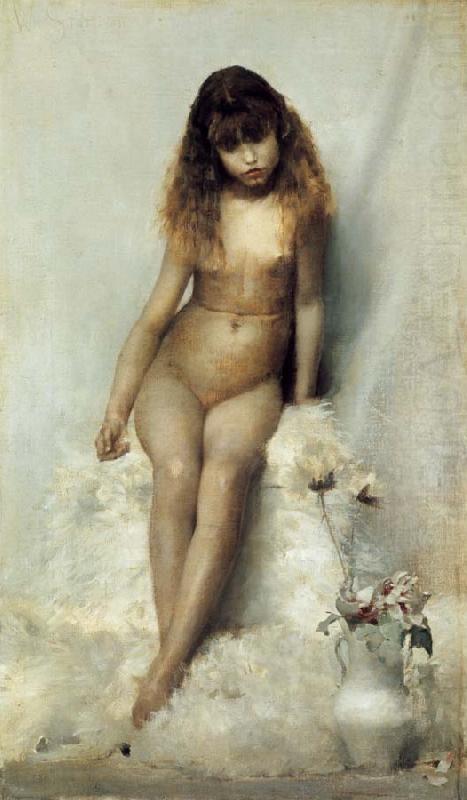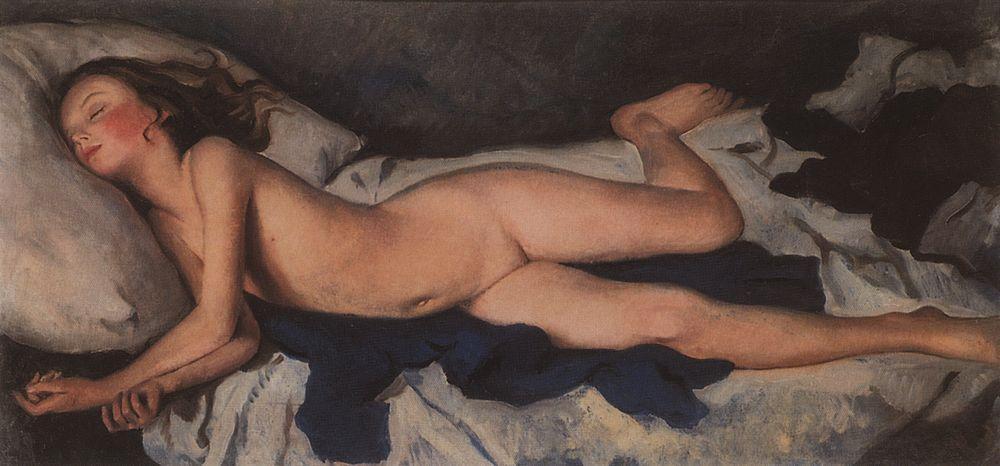
Around 1900, the occultist Aleister Crowley sailed for Hawaii aboard the Nippon Maru. On the ship he met a married woman named Mary Alice Rogers and had a love affair with her. He wrote a series of poems about the romance, which he collected in a booklet entitled Alice: An Adultery. It was published privately in 1903, then a second edition was published by the Society for the Propagation of Religious Truth in 1905. CONTINUE READING / CONTINUER LA LECTURE…
